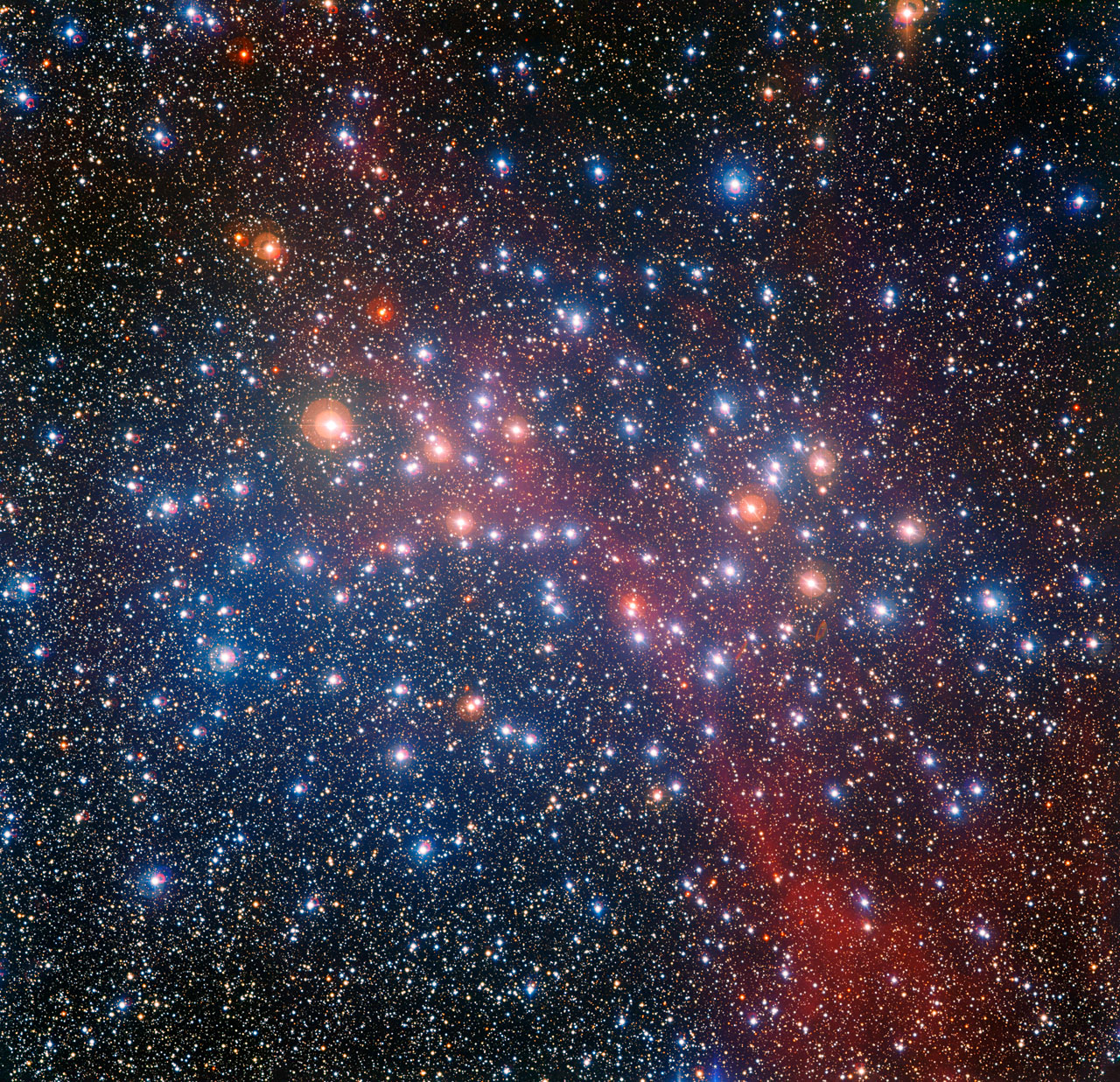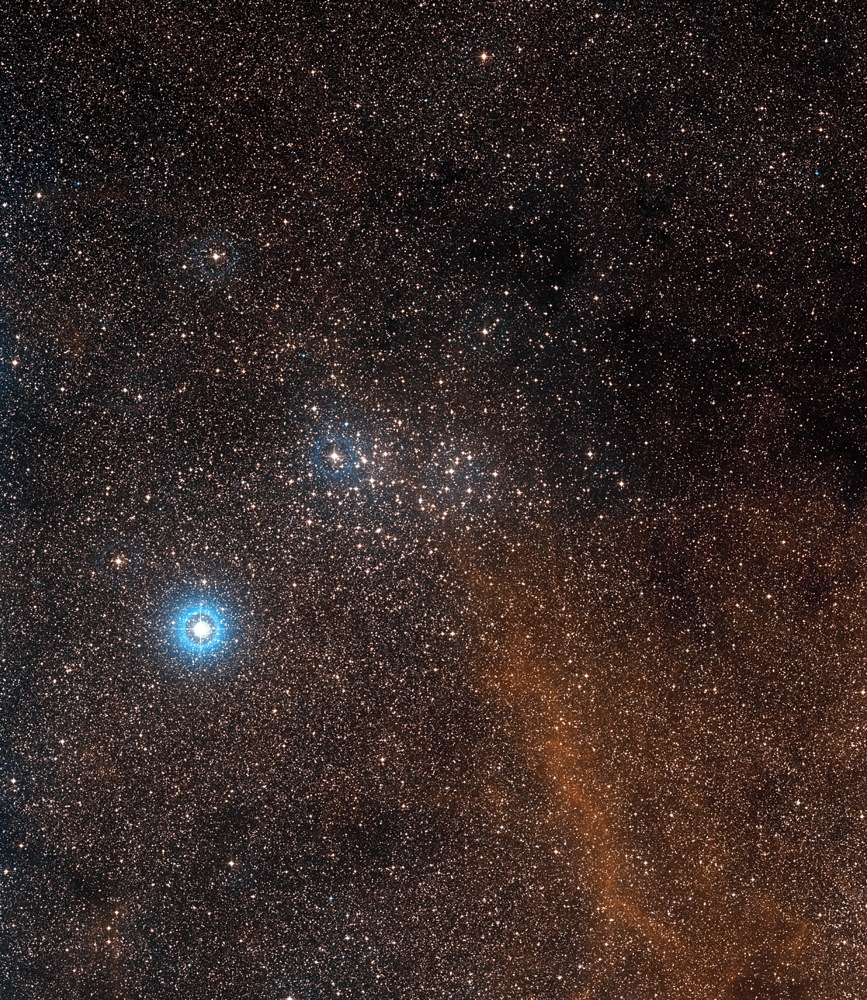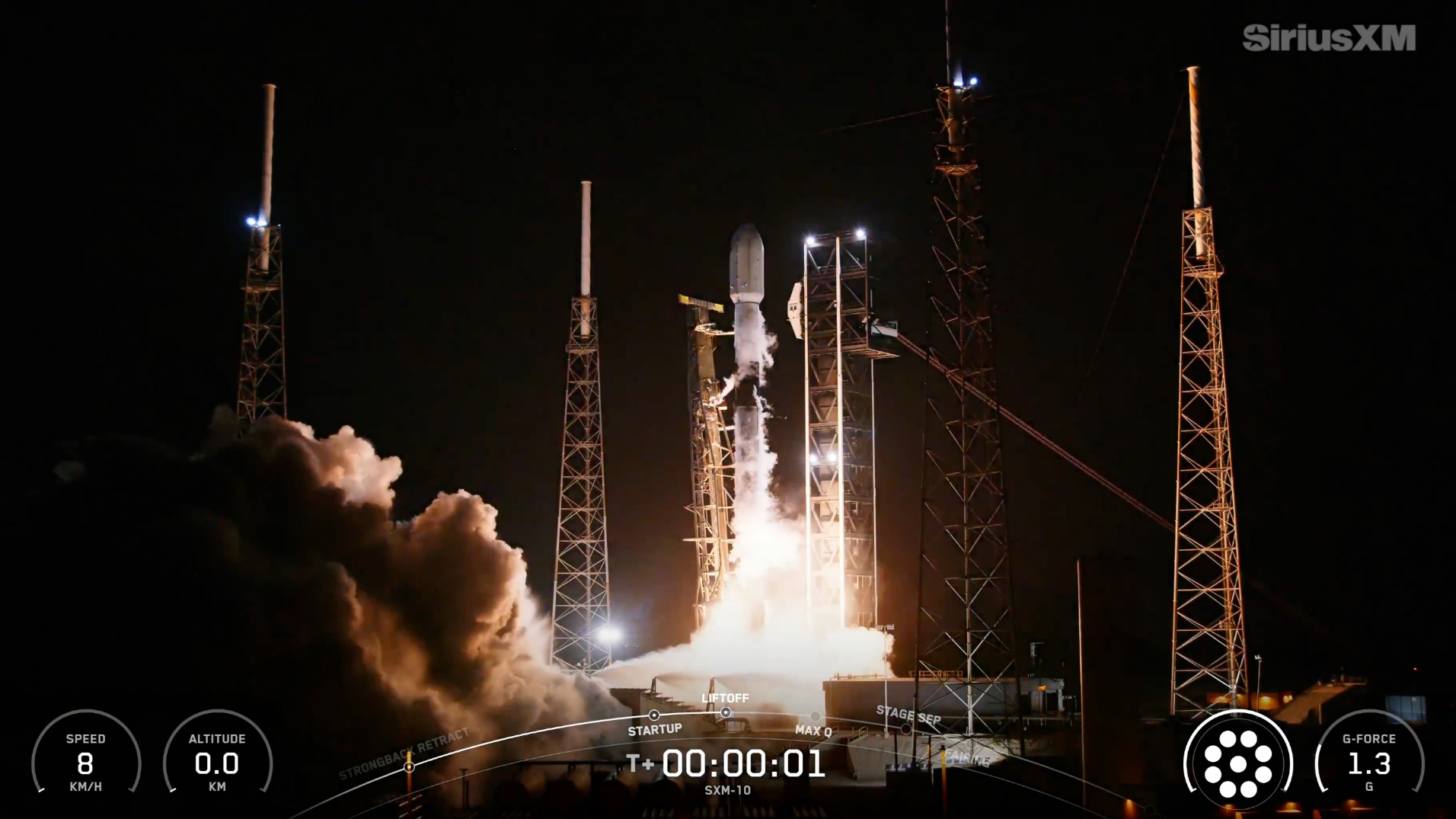'Wishing Well' Star Cluster Sparkles in Colorful New Views (Photos, Video)

A multicolored group of stars shine at the bottom of a cosmic wishing well in an amazing new image.
The stars of the open cluster NGC 3532 glitter like the coins at the bottom of a fountain about 1,300 light-years from Earth. The European Southern Observatory's (ESO) La Silla Observatory in Chile captured the amazing blues, reds and oranges of the star cluster. You can also explore the ESO photo in a video of the star cluster released by the astronomy organization.
"This very bright star cluster is easily seen with the naked eye from the Southern Hemisphere," ESO representatives said in a statement. "It was discovered by French astronomer Nicolas Louis de Lacaille whilst observing from South Africa in 1752 and was catalogued three years later in 1755. It is one of the most spectacular open star clusters in the whole sky. NGC 3532 covers an area of the sky that is almost twice the size of the full moon."
NGC 3532 (also called the Wishing Well Cluster) is about 300 million years old and contains about 400 stars. It is located in the constellation Carina. Famed astronomer John Herschel observed multiple binary stars within the cluster when he observed the open star cluster in the 1830s, according to ESO.

The bright blue stars visible in the new image were born with moderate masses, but the huge red giant stars have already gone through a large amount of fuel, ESO representatives said.
The cluster shines with orange and blue stars because of those differences in mass. Large stars burn through fuel more quickly than moderately sized ones do.
"Stars with masses many times greater than the sun have lives of just a few million years; the sun is expected to live for about 10 billion years, and low-mass stars have expected lives of hundreds of billions of years — much greater than the current age of the universe," ESO representatives added.
Get the Space.com Newsletter
Breaking space news, the latest updates on rocket launches, skywatching events and more!
The European Southern Observatory is acollaboration involving 15 different countries. ESO is responsible for three different astronomy sites in Chile at La Silla, Paranal and Chajnantor.
Follow Miriam Kramer @mirikramer. Follow us @Spacedotcom, Facebook and Google+. Original article on Space.com.
Join our Space Forums to keep talking space on the latest missions, night sky and more! And if you have a news tip, correction or comment, let us know at: community@space.com.

Miriam Kramer joined Space.com as a Staff Writer in December 2012. Since then, she has floated in weightlessness on a zero-gravity flight, felt the pull of 4-Gs in a trainer aircraft and watched rockets soar into space from Florida and Virginia. She also served as Space.com's lead space entertainment reporter, and enjoys all aspects of space news, astronomy and commercial spaceflight. Miriam has also presented space stories during live interviews with Fox News and other TV and radio outlets. She originally hails from Knoxville, Tennessee where she and her family would take trips to dark spots on the outskirts of town to watch meteor showers every year. She loves to travel and one day hopes to see the northern lights in person. Miriam is currently a space reporter with Axios, writing the Axios Space newsletter. You can follow Miriam on Twitter.
